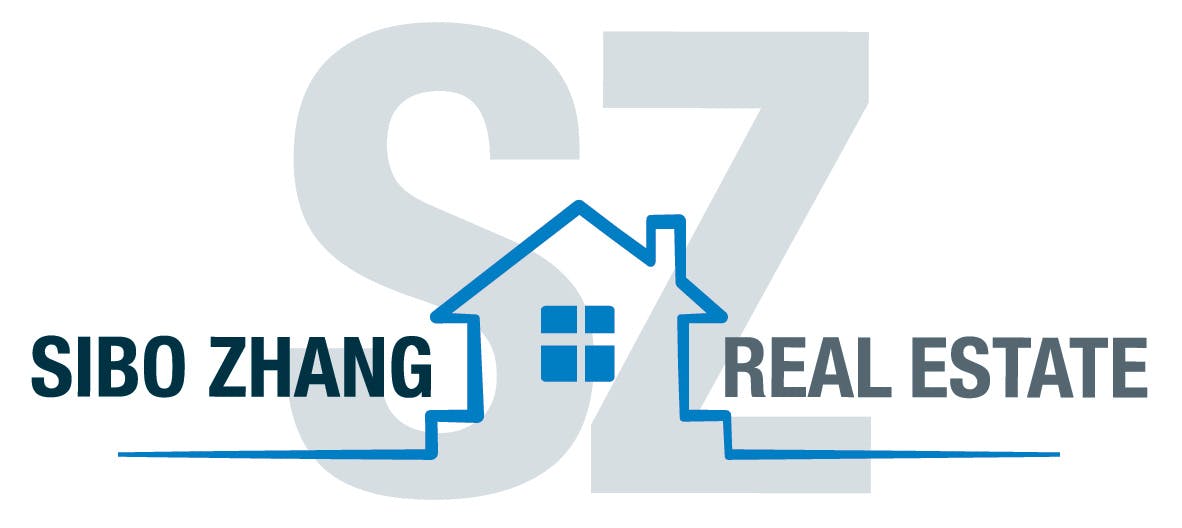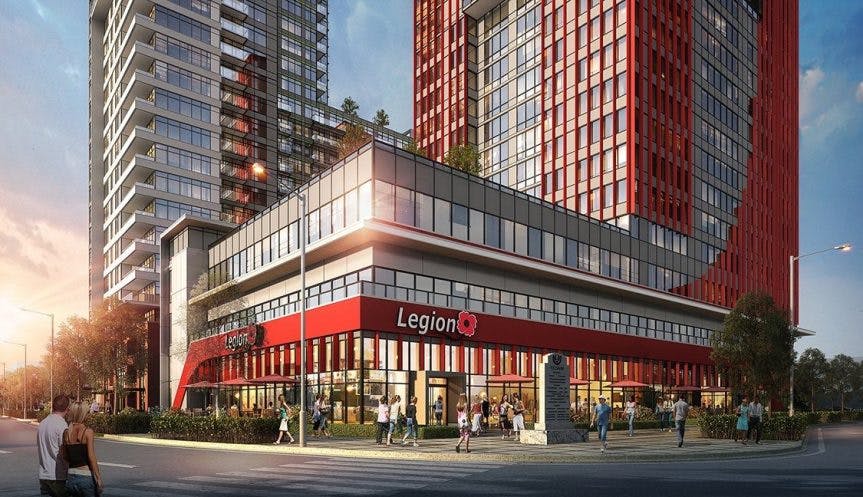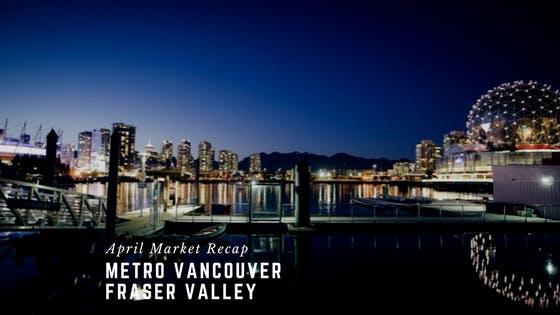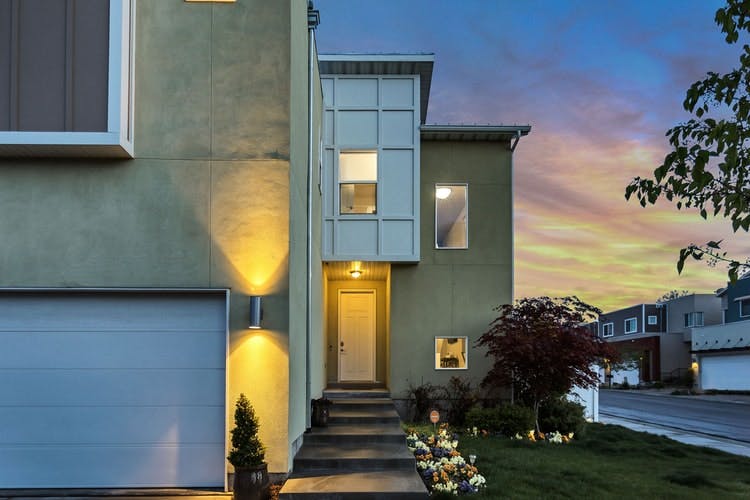If you happened to read the news story in the Globe and Mail at the beginning of the month, the headline surely intrigued you: “Vancouver housing sales fall 9 % in February.” The story behind the decline is really the more important consideration for prospective home buyers. As a statistician, I always want my clients to understand the reason when a number is cited.
First, the February sales decline is for all property types across Metro Vancouver, so we will have to look more closely at the different categories. Based on ten-year sales average, February’s sales for all property types were down 14.4 per cent; detached sales declined 39.4 per cent; townhouse declined 6.8 per cent, but condominium sales rose 5.5 per cent above the 10-year average. Second, the 9 per cent decrease is a comparison with February sales in 2017. It’s a significant percentage, but the actual number of sales for the respective months were 2,207 in 2018 and 2,424 in 2017, so in practical terms not really a huge difference. And the number of sales in February this year was a monthly increase of 21.4 per cent over January, so it’s important to recognize that the market is still very active. The composite benchmark price for all residential properties in Metro Vancouver at the end of February was $1,071.800, a 16.9 per cent increase year-over-year and a 1.4 per cent increase since January this year. It will be important to watch these two price levels in coming months.
What the newspaper story was really about what may be the beginning of fewer sales each month following the provincial budget announcements in February that impact out-of-province buyers. The BC government has targeted speculative buyers with an additional tax as well as increasing and expanding the foreign buyers tax beyond Metro Vancouver. I will talk more about these tax measures in my next Blog, but for now I will focus on the market place prices for prospective local home buyers and sellers.
Detached Properties
The benchmark price for a single detached property in Greater Vancouver at the end of February was $1,602,000, an 8.2 per cent increase from the February 2017, and a 1.9 per cent increase from January this year. The extremities of this average range from a high in Vancouver West (higher than West Vancouver, and excluding Whistler) at $3,500,600 to a low in low in Maple Ridge at $847,700. That’s obviously quite a large spread, so I’ve selected three areas on each side of the Benchmark where you can find properties closest to the Metro Benchmark at the end of February. On the higher side, the Burnaby South Benchmark price was $1,682,600, an increase of 0.9 per cent over the previous month. North Vancouver’s Benchmark was $1686,800, an increase of 1.0 per cent over the previous month; and Richmond’s Benchmark was $1,697,900, an increase of 0.4 per cent over the previous month. On the lower side, the Vancouver East Benchmark was $1,560,400, a decrease of 0,2 per cent from the previous month; the Burnaby North Benchmark was $1,532,700, a decrease of 2.2 per cent from the previous month; and Port Moody’s Benchmark was $1,483,700, a decrease of 0.7 per cent from the preceding month.
Townhouses
The Benchmark price for a townhouse in Metro Vancouver at the end of February was $819,200. This average was made up of prices ranging from a high of $1,250,100 in Vancouver West to a low of $551,400 in Maple Ridge. I have again selected three areas on each side of the Benchmark which are closest to the Benchmark at the end of February. On the higher side, almost identical to the Metro Benchmark was the Richmond Benchmark at $819,500, a decrease of 0.4 per cent from the previous month. The Benchmark for Vancouver East was $868,900, an increase of 1.3 per cent from the previous month; and the North Vancouver Benchmark at $998,400, an increase of 0.7 per cent from the previous month. On the lower side, the Benchmark for Burnaby South was $807,600, an increase of 2.7 per cent over the previous month. The Tsawwassen Benchmark was $756,000, a decrease of 0.9 per cent from the previous month; and the Ladner Benchmark at $783,200, an increase of 0.9 per cent from the previous month. In this breakdown, I have excluded Whistler as I normally do for areas farther out than my clients wish to look.
Condominiums
The Metro Vancouver Benchmark price for condominiums at the end of February was $682,800. The extremities of this average ranged from a high in West Vancouver at $1,237,100 to a low in Maple Ridge of $307,800. Here is my selection of three areas closest on both sides of the Benchmark. On the higher side, the Benchmark for Burnaby East was $706,700, an increase of 2.6 per cent over the previous month. The Benchmark for Burnaby South was $710,100, an increase of 1.8 per cent over the preceding month; and Vancouver West’s Benchmark at $835,800 was an increase of 2.9 per cent over the previous month. On the lower side, the Benchmark for Port Moody was $668,300, an increase of 4.0 per cent over the previous month. Richmond’s Benchmark at $657,800 was an increase of 1.2 per cent over the previous month; and the Burnaby North Benchmark at $642,500 was an increase of 3.9 per cent over the previous month. These selections are made to guide my clients who are looking to purchase, or sell, one of these property types within the Metro Vancouver region based on the mid-range prices of comparable properties.
There are of course many properties in areas outside the mid-price range I have focused on in my selections above. If you would like to learn more about prices in any other areas of Greater Vancouver, I will be happy to help you find a property that fits your mortgage range. Please feel free to give me a call.
FRASER VALLEY
There was also a decrease – a small one — in the year-over-year number of February sales in the Fraser Valley, a mere 0.8 per cent decline. However, the Valley continues as a high demand area, noted by February’s 14.5 per cent increase over January 2018 sales activity. As has been the case for many months, attached properties – townhouses and condominiums – together represented more than half of all the transactions. Fraser Valley home seekers can again be buoyed with the fact that inventory in February increased 9.5 per cent over the preceding month, bringing the total supply of properties on the market at the end of February to 4,340.
For anyone thinking about listing their property for sale, it is nonetheless a good time because demand continues to be greater than the 10-year average for this time of year. During the month of February, detached properties took on an average of 38 days to sell, while townhouses sold after an average of 28 days, and condominiums on an average of 13 days. I highly recommend home purchases in the Fraser Valley at this time. Prices on average are still below those of comparable properties in Metro Vancouver. The composite Benchmark price for all property types in the Fraser Valley at the end of February was $795,100. For this reason, it is a favorite starting area for young families and singles often looking in the townhouse and condominium market segment. However, there is excellent value to be found in all housing types, and for families who want to start with a detached property, or perhaps move up to detached home from their existing townhouse, the Valley has very good prices. I will review the Benchmark prices for each property type in the space below and will make some recommendations on which areas you might wish to look for your preferred price range.
Detached Homes
The Benchmark price for a single family detached home in the Fraser Valley was $992,100 at the end of February, an increase of 1.0 per cent over the preceding month, and a 15.7 per cent increase year-over-year. Compared with the Metro Vancouver Benchmark of $1,602,000 for a comparable property, you can see why this is an attractive investment. The extremities of this average are not as far apart as Metro Vancouver areas, with South Surrey/White Rock at the high end at $1,482,800 and Mission at the low end at $663,500. Closest to the Valley Benchmark on the higher side at the end of February were: Cloverdale at $1,036,600, a 2.2 per cent increase over January; Langley at $1,028,200, a 0,4 per cent increase over January; and Surrey at $1,019,500, an increase of 0.6 per cent over January. Closest to the Valley Benchmark on the lower side were: North Surrey at $972,100, an increase of 0.6 per cent over January; North Delta at $944,800, an increase of 0.4 per cent over January; and Abbotsford at $803,300, an increase of 2.2 per cent over January.
Townhouses
The Benchmark price for townhouses in the Fraser Valley was $531,000 at the end of February. This average is from the extremities of $656,000 in South Surrey/White Rock and $371,600 in Abbotsford. Closest on the higher side of the Benchmark were: North Surrey at $560,200, an increase of 3.1 per cent over January; Surrey at $569,000, an increase of 2.1 per cent over January; and North Delta at $581,000, an increase of 0.4 per cent over January. Closest to the Benchmark on the lower side were: Langley at $508,500, an increase of 1.9 per cent over January; Abbotsford at $371,600 and increase of 2.7 per cent over January; and Mission at $433,400, an increase of 0.3 per cent over January.
Condominiums
The Benchmark price for condominiums in the Fraser Valley was $422,300 at the end of February. The extremities for this average were $519,00 in South Surrey White Rock and $315,400 in Mission. Closest to this Benchmark on the higher side were: Langley at $424,300, an increase of 4.3 per cent over January; Surrey at $427,400, an increase of 6.3 per cent over January; and Cloverdale at $488,100, an increase of 4.0 per cent over January. Closest on the lower side of the Benchmark price were: North Surrey at $410,400, an increase of 4.8 per cent over January; North Delta at $394,100, an increase of 4.8 per cent over January; and Abbotsford at $315,900, an increase of 5.3 per cent over January.
I selected the above areas to assist you in your search for a home to fit your mortgage capability. Keep in mind that the Benchmark prices are a comparison of comparable properties in their respective categories.
If there is any area that you would like to get more specific information on prices in any area, please feel free to call me. I keep a close eye on new listings and changes in prices, and I am always happy to help in any way I can.
Thanks for reading!
Sibo Zhang, REALTOR®











